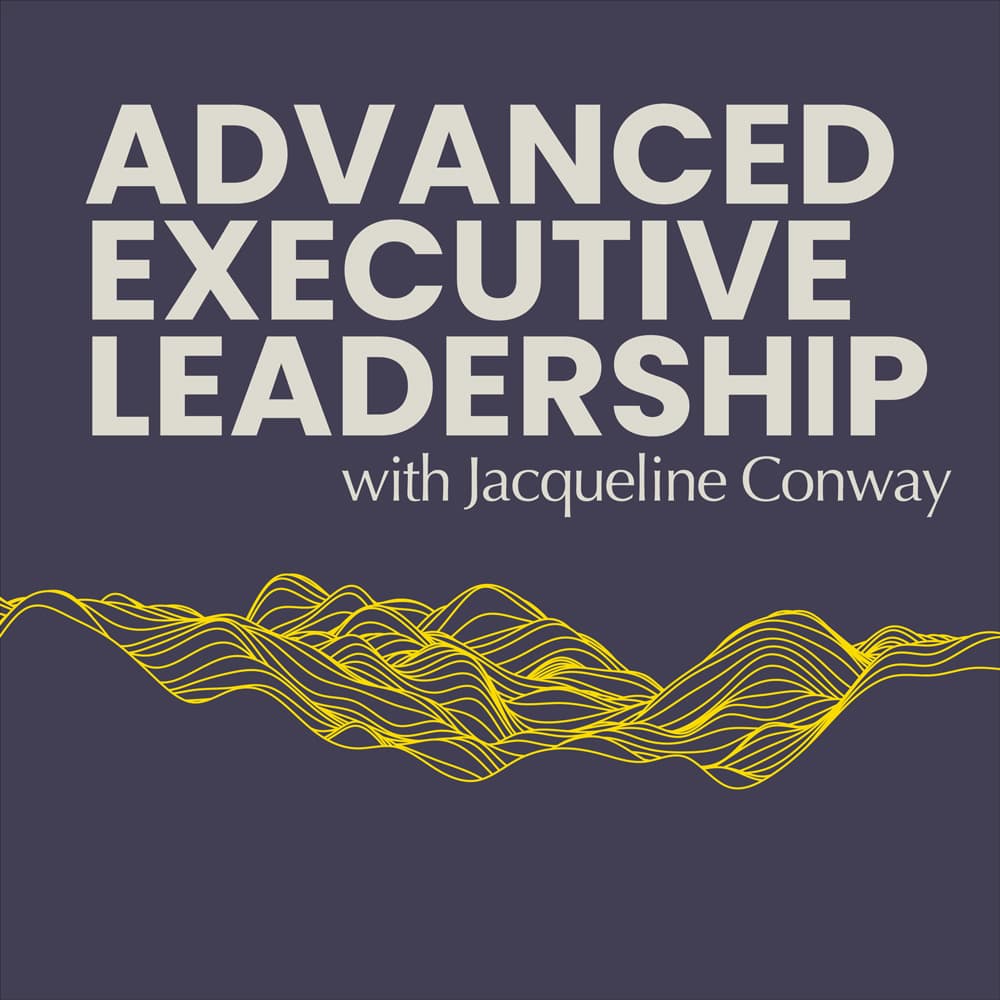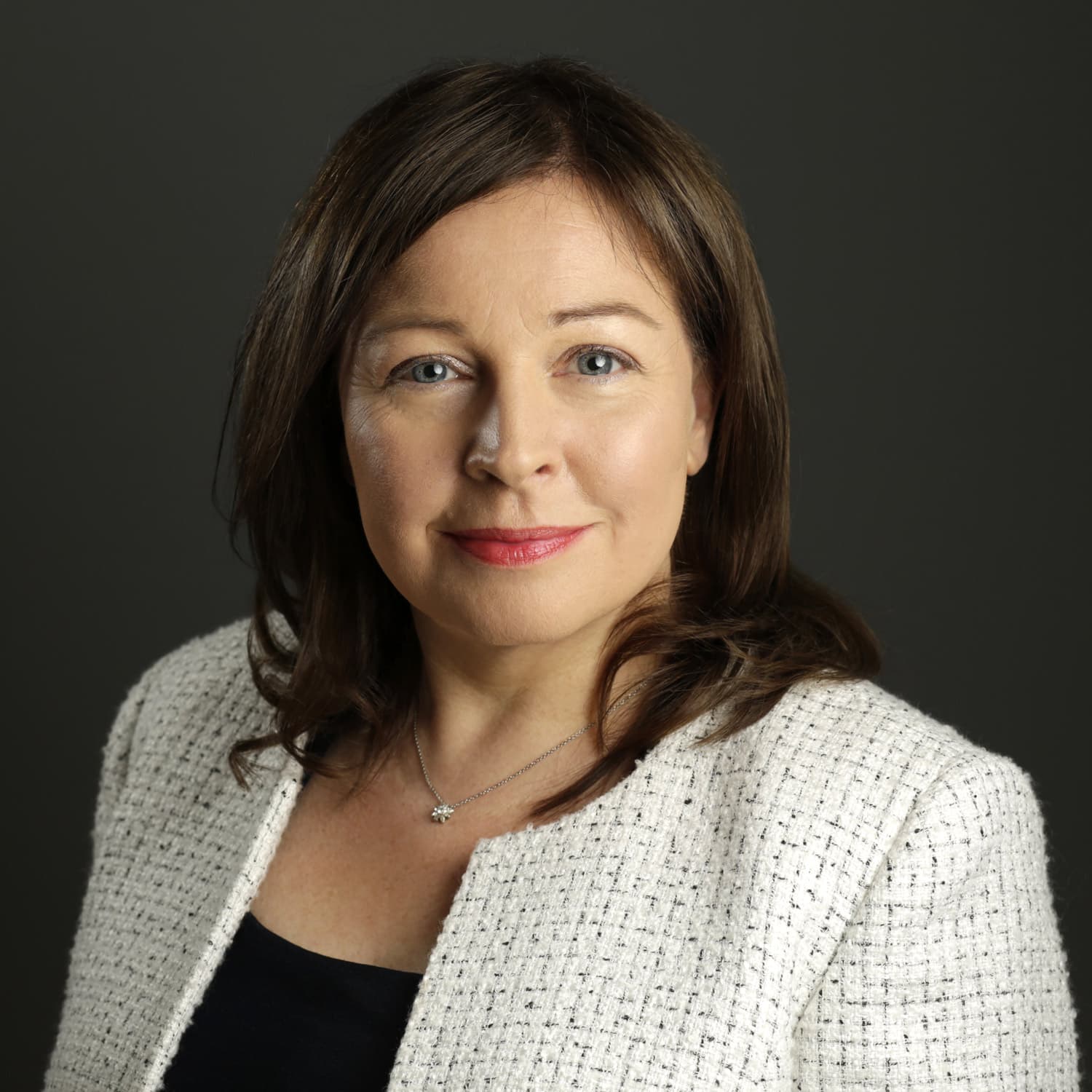Welcome to this edition of the Advanced Executive Leadership podcast. At what feels like the end of summer and the beginning of a challenging and tumultuous time as we move into autumn and winter against a backdrop a cost of living and fuel price crisis.
This podcast, and indeed, all of the work that we do in Waldencroft, is designed to help senior leaders become better resourced during disruptive and turbulent times. And really it seems like there’s little respite these days from that disruption and turbulence. The answer isn’t to try to avoid it or wish it would go away. If only it were that simple.
That why I’m thrilled in today’s podcast to share with you our latest thinking on the ways to help senior leaders to grow and develop in a way that meets the challenges of the day, and how they uniquely impact your organisation.
The Leadership Growth Helix
In the leadership development space, adult development theory – the idea that adults continue to develop cognitively, emotionally, ethically has been the best practice way to develop leaders for some time now.
Let me put it like this, when leaders are learning new skills or knowledge, they are developing horizontally.
Vertical development operates at the level of how we make sense of the world, both cognitively and emotionally. The adult development space embraces that people continue to grow and develop throughout our adult lives. It doesn’t stop when we each early adulthood as previous research suggested.
But this development isn’t guaranteed. As the population moves through the stages of increasing cognitive and emotional maturity, it’s shaped a bit like a pyramid with decreasing numbers of our population attaining higher levels of cognitive complexity and emotional maturity.
It makes sense then, that as we develop leaders in organisation, especially those in senior roles who are grappling with such disruption and turbulence, that we help them develop with cognitive complexity and emotional maturity. And I’ve personally seen some excellent leadership development work that aims to do just that.
But there’s a problem. The problem is making it stick. The problem is.
Imagine two people who join your organisation. Alice is an engineer and Ben is an in-house lawyer. As they move through their careers into roles of ever-increasing seniority their roles progressively evolve in four crucial ways.
We call these the Four Fundamentals of Leadership Growth, they are:
- Relationship to task become more distant
- Time horizon under focus increases
- An increasing shift from short-term to longer-term
- Level of complexity increases
- Simple, linear problem-solving approaches are no longer sufficient
- Interdependence with others increases
- Leadership becomes a collective act with peers and others
Until they reach senior leadership, Alice and Ben’s development is solid. It’s usually based on both horizontal development to foster skills and vertical development to cultivate self-knowledge.
But just when they need it most, at senior levels, leadership development typically lets them down. And here’s why
- There’s misalignment between organisation design and leadership development
Typically, this begins where the executive team haven’t elevated themselves to enterprise leaders so they’re largely doing the work that their Tier 1 functional leaders ought to be doing.
And we also see that the development doesn’t create the best learning container and is too removed from organisational life for leaders to effectively put the things they learn on the development experience into action back in the organisation.
Imagine, if you will, that Alice and Ben go onto a leadership development programme, and let’s say for example that a large part of the focus for development is on creating the capability to collaborate well across the entire organisation. If they then go back and apply it in an organisation design that isn’t set up for collaboration and the measurement and reward structures are only for individual contribution, then the Alice and Ben are highly unlikely to push through this and go against the organisational structural design that doesn’t support collaboration.
Alice tried this and failed.
Both Alice and Ben had the same willingness and capacity to develop. But in Alice’s case, misalignment between leadership development and organisation design thwarted her development.
For Alice, previous leadership development fell short when the development prioritises and the business priorities where in competition. Alice’s boss, the CTO, remained hands-on, and Alice felt confused as to whether and how to be true to her developmental journey. In the end, the gravitational pull was just too strong, and she reverted to habitual patterns; being in the operational detail and micro-managing.
In contrast, leadership development ‘clicked’ for Ben when his executive director, Maria, made a shift into an Enterprise leadership creating the space that allowed him to fully take up his functional leadership position.
The reward and measurement structures supported the content of the leadership development programme, so the path was clear for Ben to adopt the ways of thinking, acting and being appropriate for his level.
As a result, he made a significant developmental leap.
Both Alice and Ben had the same willingness and capacity to develop. But in Alice’s case, misalignment between leadership development and organisation design thwarted her development. Alice was classed as a ‘steady performer, but not high potential’. She left the organisation two years later to a place that was more consistent in the expectations of leaders with the way the organisation was designed, and she eventually became a highly successful and effective CTO in a larger company.
And here’s the thing. How many of the leaders in your organisation are having their development and potential thwarted by a misalignment between leadership development and organisation design? The integration of these two things is core to helping leaders be better resourced to match the level of complexity they’re facing.
These two elements are so intertwined, we see them like two strands of a helix. Fully interdependent, each one only a fragment of what it could be without the other.
After we completed the Advanced Executive Fluency research, which looked at the ways of thinking, acting and being that executive must become fluent into to lead well today, we’ve spent the summer developing what the fluencies mean for leaders who operate below executive level. Over the next eight weeks, I’ll be going into this in detail on the podcast in both solo episodes and with some CEO and CPO guests. And I’ll be writing blog posts too, that shares in more detail what’s behind our thinking and how it can be applied in your own organisation.
It culminates with an executive round table with a very special guest that we’re hosting on Friday 28th October at 08:30 GMT. Places are limited and on a first come first serve basis. You’ll find a link to sign up in the show notes below.
Please reach out if we in Waldencroft can support you as you face into the disruption and turbulence of our times.


